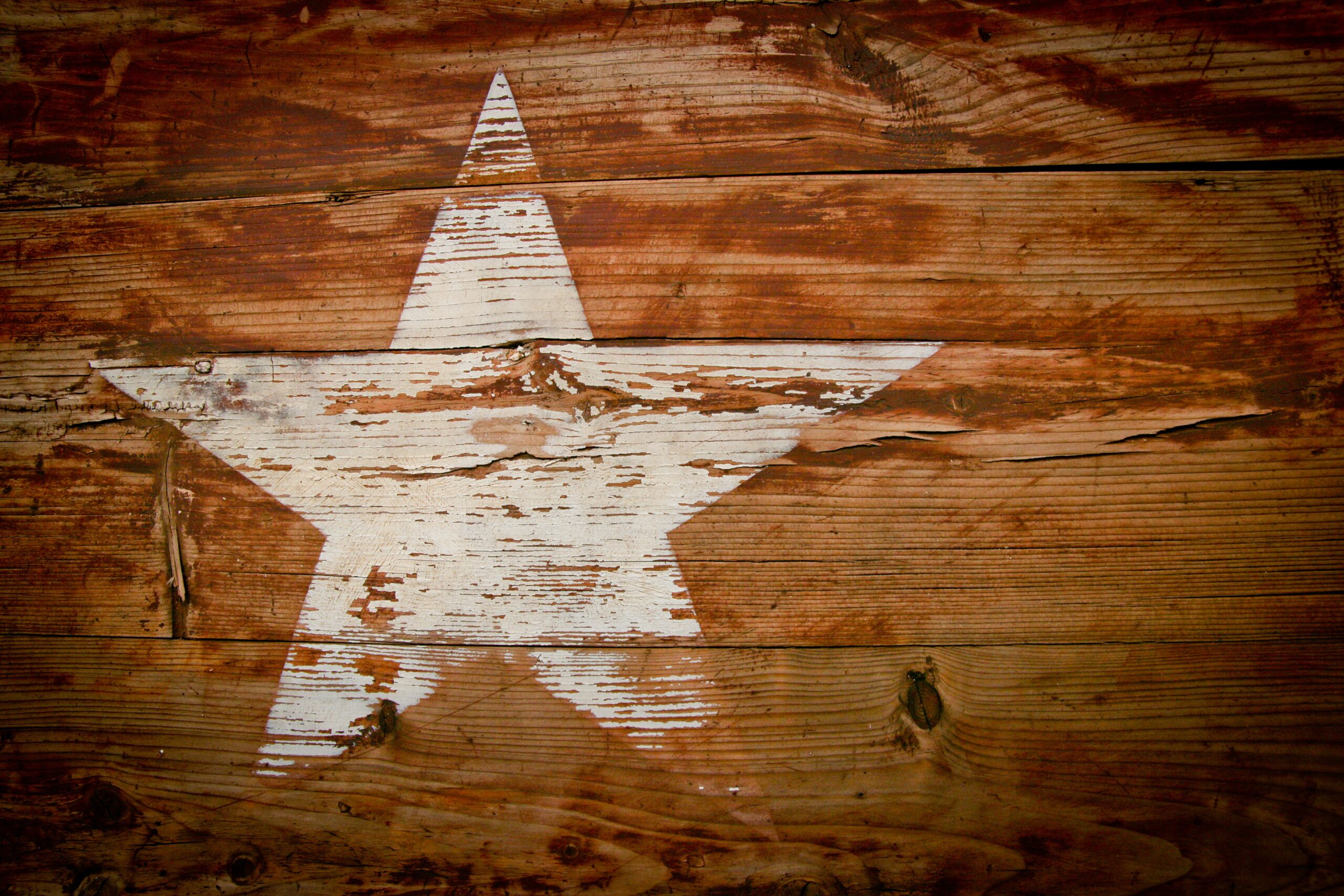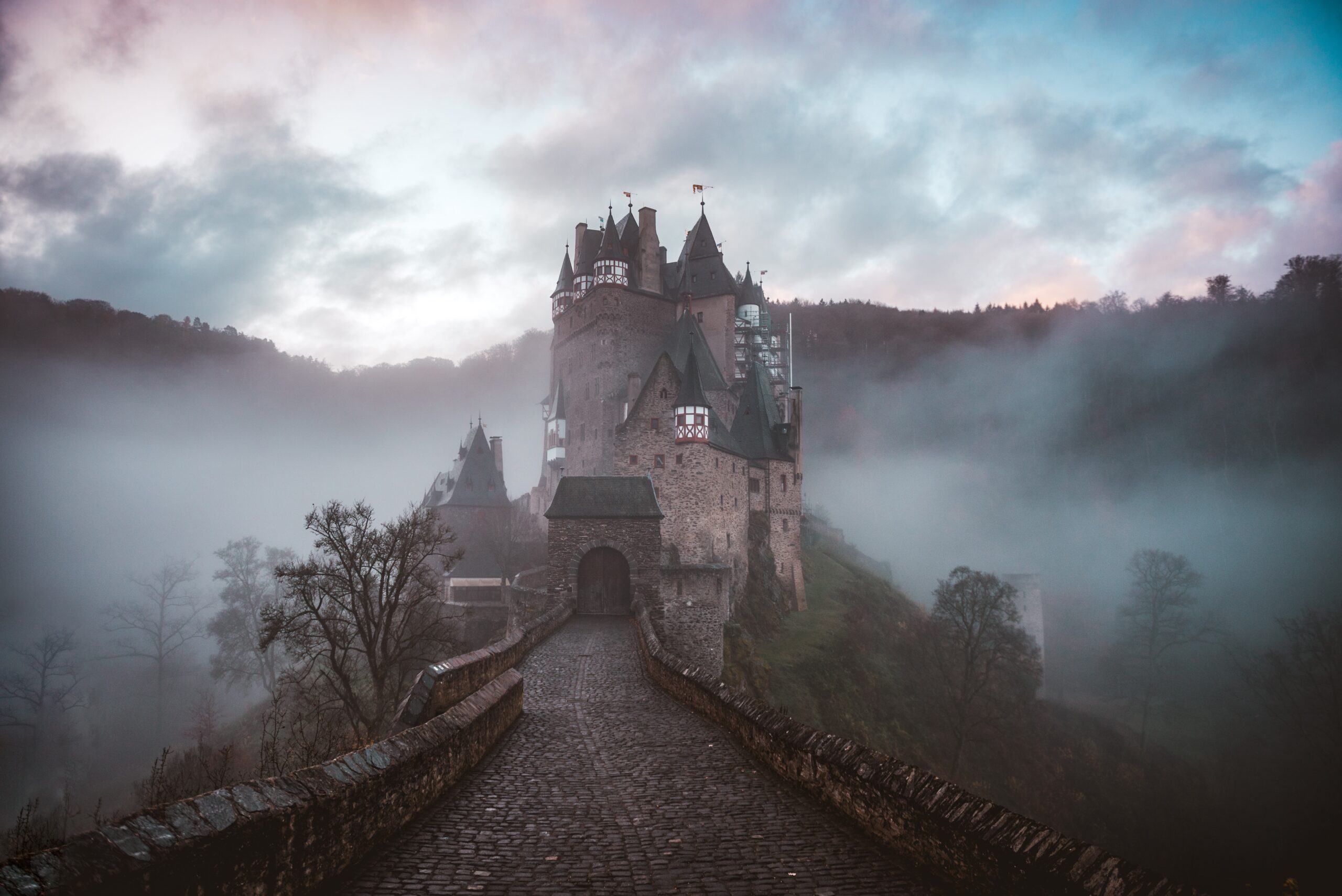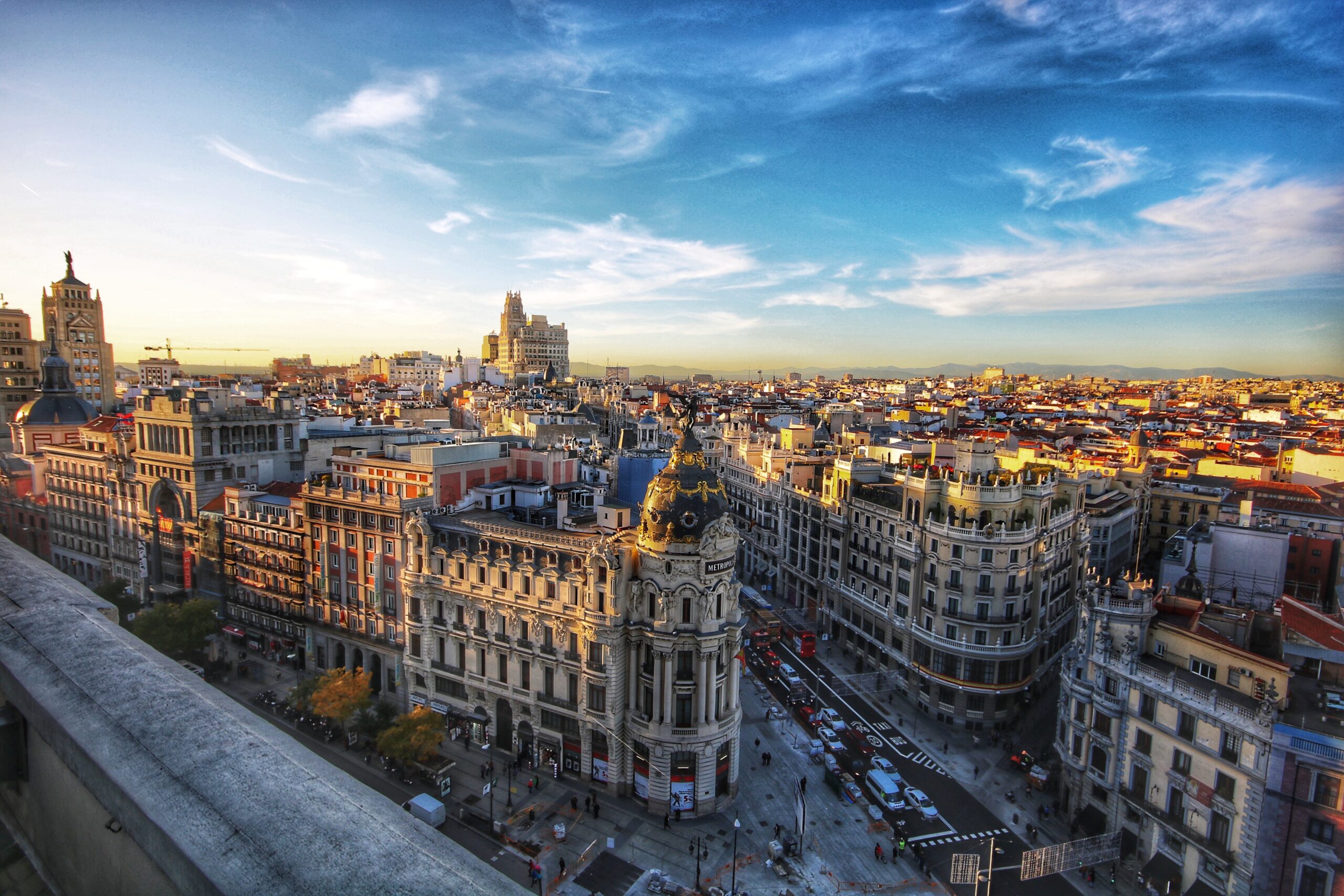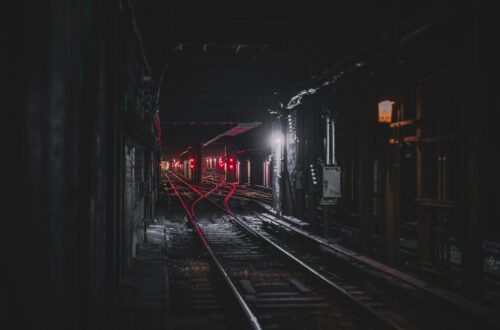In the fourth part of Albert Camus’ humane and heartfelt masterpiece, The Plague, taking place in the French port of Oran on the Algerian coast, there is a moment of quiet surprise following a scene where an innocent child lets out a final, death-rattling wail as he expires in a hospital ward, tortured to the end by the deadly bacillus that is overtaking the town like a wildfire tearing into the heart of a forest. Wringing his hands and importuning God to the save the child, a lowly but faithful man of the cloth, the priest stands beside the cot helpless and abject as the doctor, Rieux, later discovered to…
-
-
The luminous and streaky light rippling in the waters of the Inland Sea has the subtle power of a desert mirage. Pellucid like those of an atoll or a sea-green lagoon, these waters fill up an internal space connecting the Pacific Ocean with the Sea of Japan, also making possible the shipping industry integral to an island nation that until the nineteenth century was closed to the world. It hid its secrets from its neighbors greedily, cleaving only to itself, and when at last it permitted the opening of its ports to the American ships helmed by Commodore Matthew C. Perry, it burst onto the modern stage and unfurled its…
-
A part of the creative artist that tends to be as inseparable from his work as from his personality and character, a certain egotism often comes with the territory. Immersed in the creative process and the material of her work, drawing from the murkiest depths of her mind as a creator, she finds herself face to face with a creative legacy teetering on the ledge of absolute oblivion but with the possibility of some kind of lasting, precarious immortality. It doesn’t matter that this immortality is an illusion; as much a part of life as its counterpart, death concerns the artist, who cannot escape from touching on it. In The…
-
“Who among us keeps watch over this strange watchtower to warn the arrival of our new executioners? Are their faces really different from our own?” In the placid, breezy fields of the abandoned camps that once housed millions of those soon to be dispatched to the crematoria, the filmmaker Alain Resnais alighted on a novel technique of documentary cinema serving as a precedent for later cinematic depictions of the Holocaust. Contrasting archival footage with tentative, revelatory tracking shots of the camps as they existed in 1956, more than a decade after their liberation, Night and Fog demands that the audience draw the connections between the contemptible past and the sunny…










